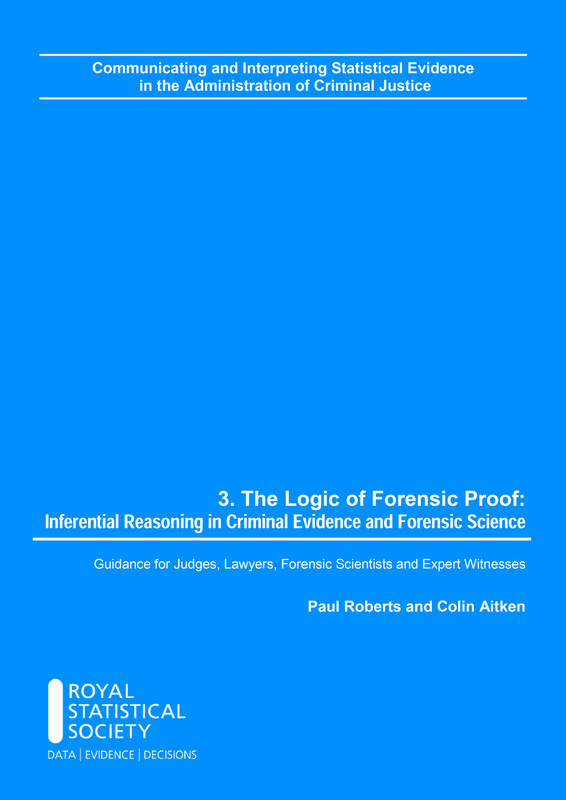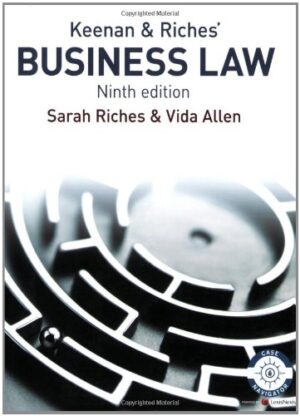This is the third in a series of four interdisciplinary Practitioner Guides The topic of Practitioner Guide No 3 is the inferential logic of judicial (or “forensic”) evidence and proof. Having elucidated the simple, but powerful, basic principles of inferential logic, the Guide goes on to explain how inferential reasoning can usefully be encapsulated and summarised in graphical models, some of which are capable of incorporating cumulative conditional probabilities. Formal methods for calculating the probability of chains of related inferences are gaining wider recognition in contemporary forensic science practice. Other models promote more rigorous evidential analysis and improve the construction of forensic arguments without explicit quantification. The companion Guide No 4 (Jackson, Aitken and Roberts, 2014) addresses principles of forensic case assessment and interpretation in practice, with particular regard to the way in which forensic science evidence is presented and evaluated in criminal trials. Guide No 3 provides an accessible introduction to the fundamentals of inferential reasoning, argumentation and analysis of evidence in legal process, with detailed illustrations of Wigmore-style charting and Bayesian networks.
law
The Logic of Forensic Proof – Inferential Reasoning in Criminal Evidence and Forensic Science
By Paul Roberts
PRACTITIONER GUIDE NO 3




Reviews
There are no reviews yet.